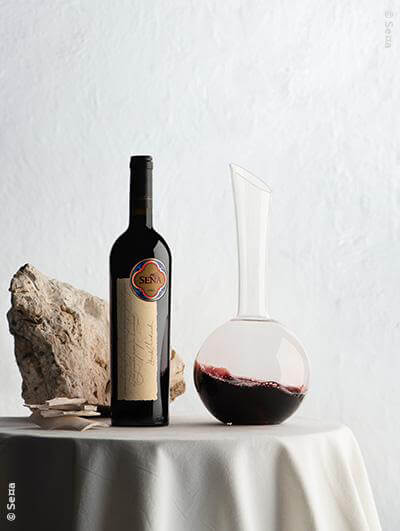
Seña 2017
En stock
- LivraisonOffert dès 300 € d’achats de vins livrables
- Origine des produits garantieProvenance directe des propriétés
- Paiement sécuriséVisa, American Express, Mastercard...
Évaluations et notation
 Parker
Parker Decanter
Decanter Wine Spectator
Wine Spectator J. Suckling
J. Suckling Vinous - A. Galloni
Vinous - A. Galloni Vinous Neal Martin
Vinous Neal MartinDescription
Un grand vin chilien de l’Aconcagua Valley parfaitement équilibré
Situé dans l’Aconcagua Valley au nord de Santiago au Chili, Seña est l’un des grands crus iconiques de l’Amérique du sud. Le millésime 2017 dans la région fut marqué par la chaleur et l’ensoleillement avec notamment des records de températures moyennes en août et septembre, conditions tempérées par la proximité du vignoble de Seña avec la côte de l’océan pacifique. Bien que précoces, les vendanges furent excellentes grâce à un état sanitaire impeccable et une maturité des baies très homogène.
Assemblage de 52% de cabernet sauvignon, 15% de malbec, 10% de carménère, 10% de cabernet franc et 8% de petit verdot, Seña 2017 est un vin équilibré entre puissance et élégance. La belle maturité de ce vin chilien est parfaitement complétée par une fraîcheur annonciatrice de grand potentiel. Le choix du moment des vendanges si crucial prend tout son sens sur ce type de millésime. Le juste milieu entre une maturité impeccable et la conservation de la fraîcheur grâce à un bon niveau d’acidité est parfaitement atteint.
Caractérisé par des arômes de fruits primaires, plutôt noirs, des notes empyreumatiques bien fondues et une touche florale, Seña 2017 a la carrure d’un grand vin de garde et nécessitera quelques années en cave avant de dévoiler tout son potentiel.


